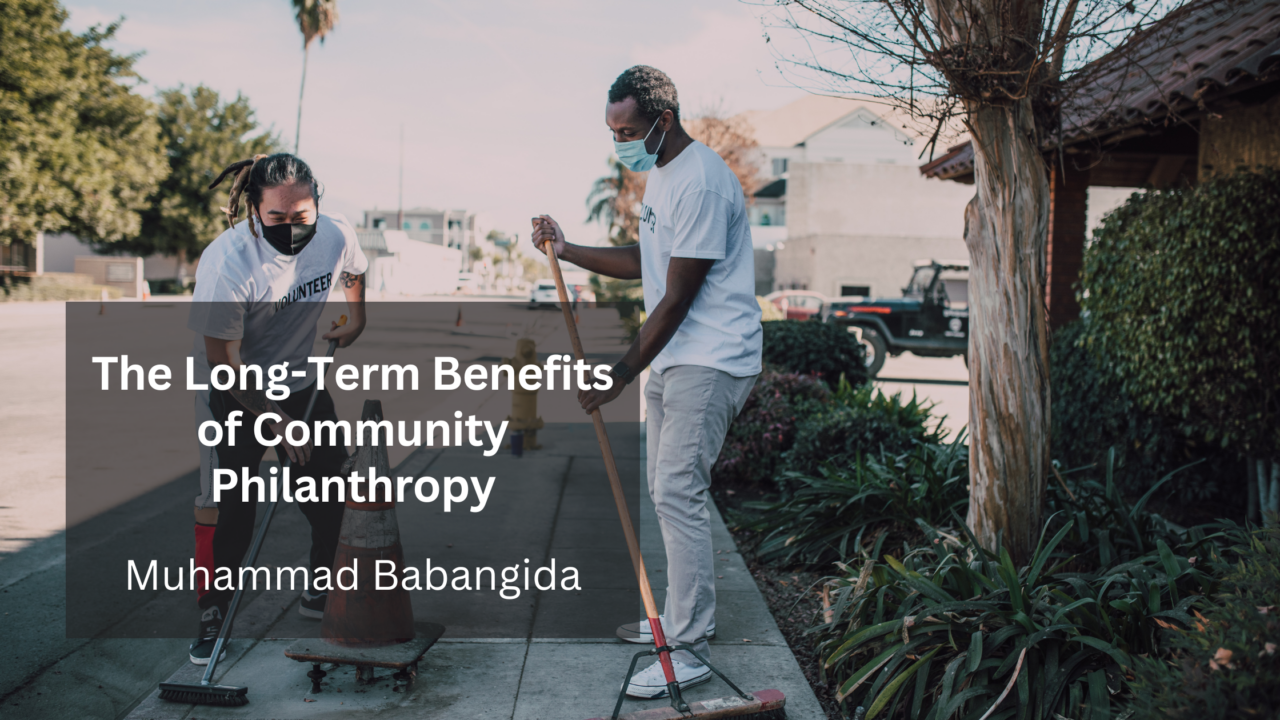Community philanthropy, which involves individuals, organizations, and businesses giving back to their local communities, is a powerful force for positive change. While the immediate impact of philanthropic efforts is often evident, the long-term benefits of community philanthropy are equally significant. This discussion explores how community philanthropy produces lasting positive effects beyond immediate assistance, nurturing stronger, more resilient, and inclusive communities.
Building Social Capital
Community philanthropy fosters social capital, which refers to the networks, relationships, and trust that bind individuals and groups within a community. When people come together to support common causes and collaborate on philanthropic initiatives, they build connections and a shared purpose.
Encouraging Civic Engagement
Engaging in philanthropic activities encourages individuals to be more active and informed citizens. As people become more connected to their communities through giving and volunteering, they are more likely to participate in civic life, attend public meetings, and advocate for positive change.
Strengthening Nonprofit Organizations
Community philanthropy plays a pivotal role in the sustainability of local nonprofit organizations. These organizations often rely on philanthropic support to fund their operations and initiatives. Sustainable funding from the community provides these organizations with the resources they need to continue their vital work over the long term, addressing persistent social issues and driving lasting change.
Economic Development
Philanthropy, both by individuals and businesses, can stimulate economic development within communities. Philanthropy can create economic opportunities and reduce unemployment by supporting local initiatives, such as education programs or small business development.
Addressing Systemic Issues
Many communities face persistent, systemic challenges such as poverty, inequality, and discrimination. Community philanthropy supports initiatives that address the root causes of these issues. By investing in programs focusing on structural change rather than short-term fixes, philanthropy can help communities address systemic issues and work toward lasting solutions.
Legacy and Generational Impact
Community philanthropy often becomes a part of the legacy of donors. It teaches values of empathy, giving back, and making a difference to future generations. As these values are passed down, the impact of community philanthropy continues to benefit the community in the long run.
Social Services and Safety Nets
Community philanthropy is essential for maintaining and expanding community social services and safety nets. For example, supporting initiatives that address homelessness, hunger, and healthcare ensures that individuals have access to essential services over the long term.
Cultural and Artistic Enrichment
Philanthropic support for the arts and culture contributes to the long-term enrichment of a community’s cultural heritage. Museums, theaters, and cultural events help preserve traditions and foster creativity.
Disaster Preparedness and Resilience
Community philanthropy often supports disaster preparedness and resilience initiatives. These efforts help communities better withstand natural disasters and crises, protecting lives, property, and infrastructure over the long term.
Community philanthropy has far-reaching and enduring effects. It nurtures the social fabric of communities, encourages civic engagement, and empowers individuals and organizations to address systemic issues. The long-term benefits of community philanthropy, from economic development and educational opportunities to social services and cultural enrichment, all contribute to communities’ overall well-being and resilience.
